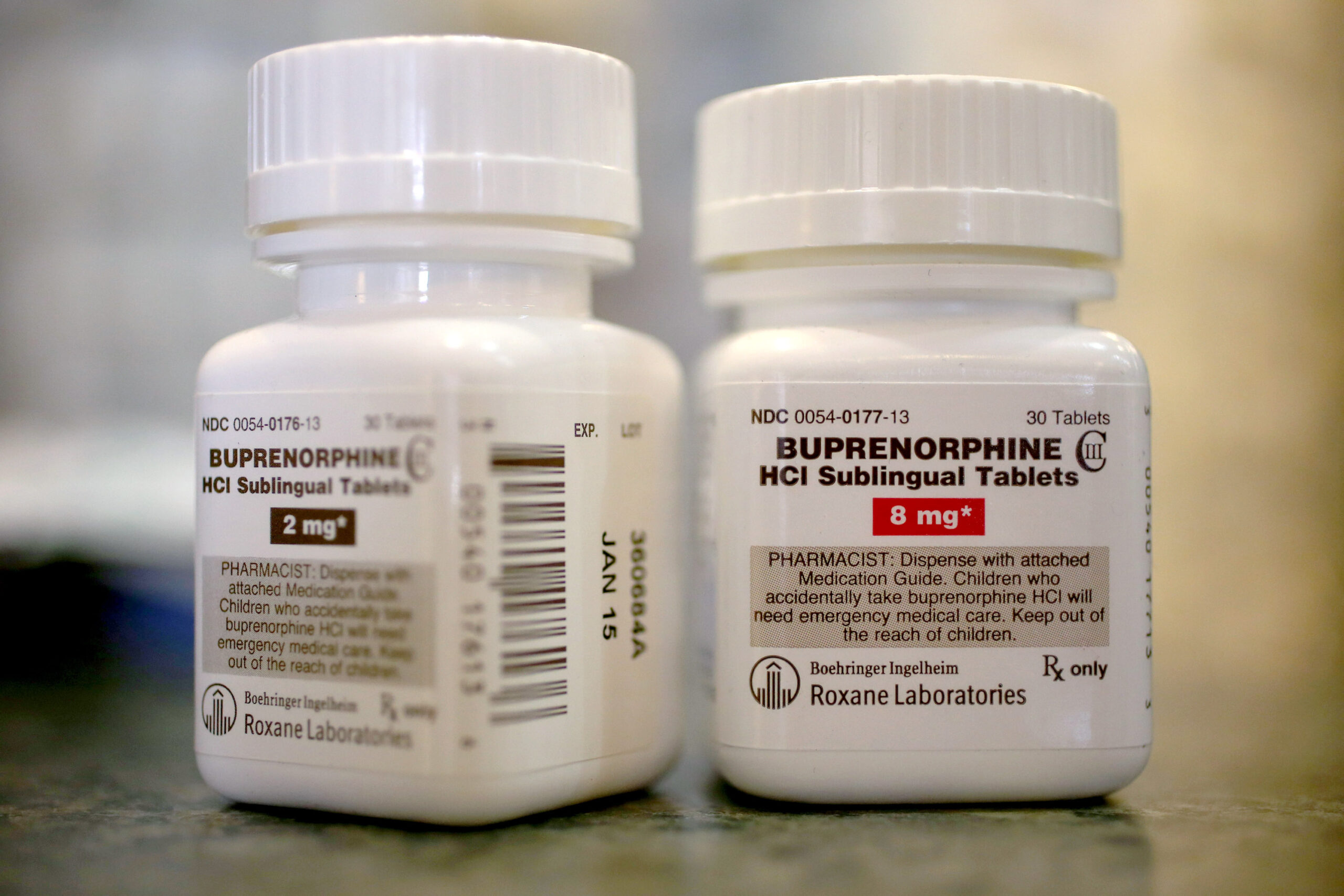As drugs cause just about a death a day in San Francisco, residents have found themselves divided on how to tackle the overdose epidemic.
At the center of the debate, people are torn over the concept of harm reduction—an ideology based on de-stigmatizing drug use and making it safer for people to get high.
But a low-grade opioid called buprenorphine may have the potential to be a meeting point for the city’s opposing camps on drug treatment. The medication has shown itself to be successful in helping people recover from substance use disorder while reducing the risk of an overdose if they relapse onto more intense narcotics.
A new transitional housing facility in SoMa touts its drug-free approach but still allows its clients to stay on such medication. And on the horizon, a controversial state bill may sanction facilities for people to use illicit drugs later this month. SF has already moved ahead in opening such a site, reversing 103 overdose deaths at the facility thus far.
If both abstinence and harm-reduction proponents agree that buprenorphine is so useful, then why isn’t it more readily available in San Francisco?
The Standard hopped on the phone with Barrot Lambdin, a drug epidemiology researcher with a focus on implementation research who recently published a study on buprenorphine, to get a better sense of what the drug is and what stands in the way of expanding access to it.
This interview has been edited for clarity.
What is buprenorphine?
Buprenorphine is a weaker substitute opioid that shifts people away from active drug use into using medication for opioid use disorder. You bring people onto buprenorphine, you stabilize them on that medication, and over time they are using less drugs.
You’re pulling people out of using a very toxic and unpredictable supply of drugs and giving them medication for their disorder. So it helps us stabilize them.
Why isn’t it used more broadly?
Buprenorphine is a medication that’s really thought to have a great potential for scalability throughout the country. But all of the challenges that our healthcare system faces more broadly get baked into access to buprenorphine.
There are all of these inequities in access. So people who are more likely to access it tend to be people with private insurance, people with more resources and who can pay out of pocket and people who are white. It’s really a medication that is sort of sitting in our existing healthcare system. There are also other types of things like a lot of times there are transportation issues with getting to a primary care physician or there are insurance issues.
If you’re in the middle of using, these can be difficult things to sort out as prerequisites before you get treatment. According to one of the last national surveys on drug abuse and health, only about 10% of people had access to or were actually receiving buprenorphine.
What is being done to expand access?
What happened during the pandemic, is it allowed for a lot of those structural barriers to be broken down by expanding the use of telehealth services.
So you have syringe service programs, which have done an amazing job of building relationships with people who use drugs, and somebody can come to them and they can ask them, “Are you interested in receiving medication?” Then they can link that person on the spot through a tablet to a provider.
Where can we learn more about this treatment?
The SF Department of Public Health launched a low barrier buprenorphine pilot program in 2015, read about the results from the program here. Read more about Lambdin’s study here.
